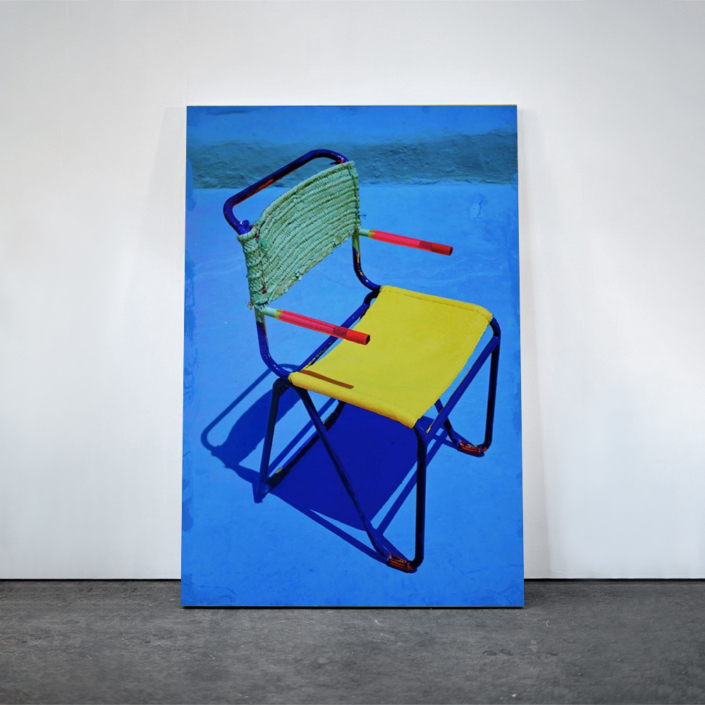Sander Wassink
Sander Wassink is a Dutch artist and designer who encourages us to reconsider our ideas on beauty, aesthetic value and status. How can we reconsider what is important and what is desirable to include notions of history, memory and the preservation of a past which is slipping away. Amid new construction, new production, and constant proliferation of new forms and facades, Wassink turns his attention to the discarded, the abandoned, the left over and attempts to reimagine what can be done with the already partially formed. What new possibilities exist in the surfaces and materials that are half-built or half-destroyed. Whether his object is the partly demolished facade of an abandoned building, or the everyday detritus from our overproductive culture, Wassink asks what new forms and new visions of beauty already exist to be discovered and appreciated. His creative practice sees him heavily engaging in product deconstruction, harnessing the ‘raw material’ to develop objects with new meaning. Wassink’s practice evolves organically, opposing the rigid construction of modern architecture, city planning and design.
His design projects attempt to reflect the mutating shape of use, value and inhabitation, as it is evidence of human activity. These shifting constructions, which Wassink refers to as “self-perpetuating spaces” take their inspiration from organically developed communities and forms, appearing more rhizomatic in nature than firmly designed and are often considered to be disorganized or chaotic. These more reactively developed forms are meant to reflect the blurred boundaries between architecture and object, inside and outside, public and private.










